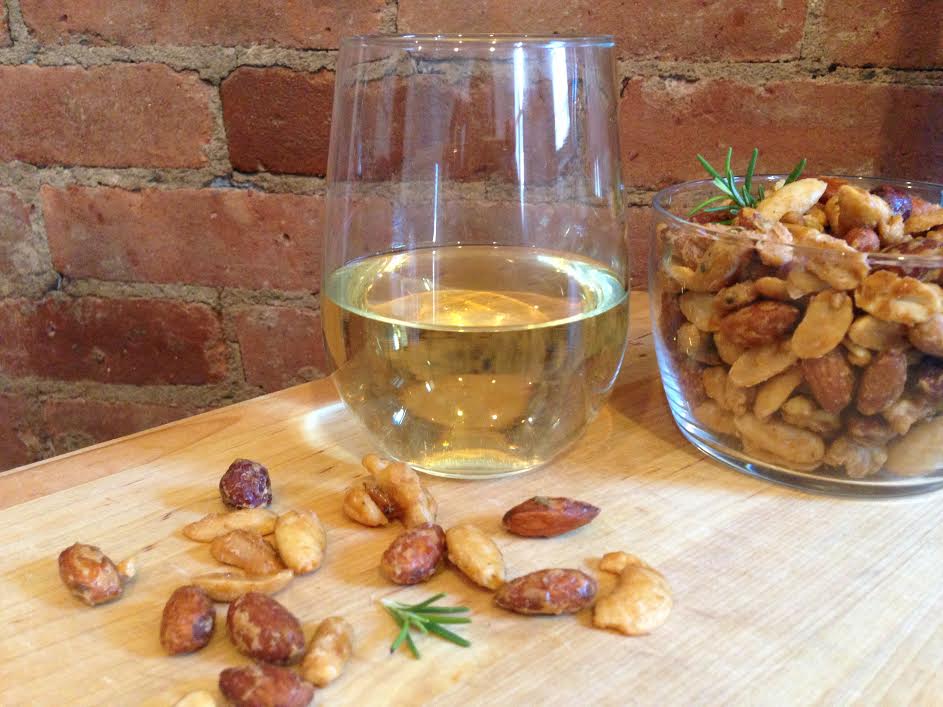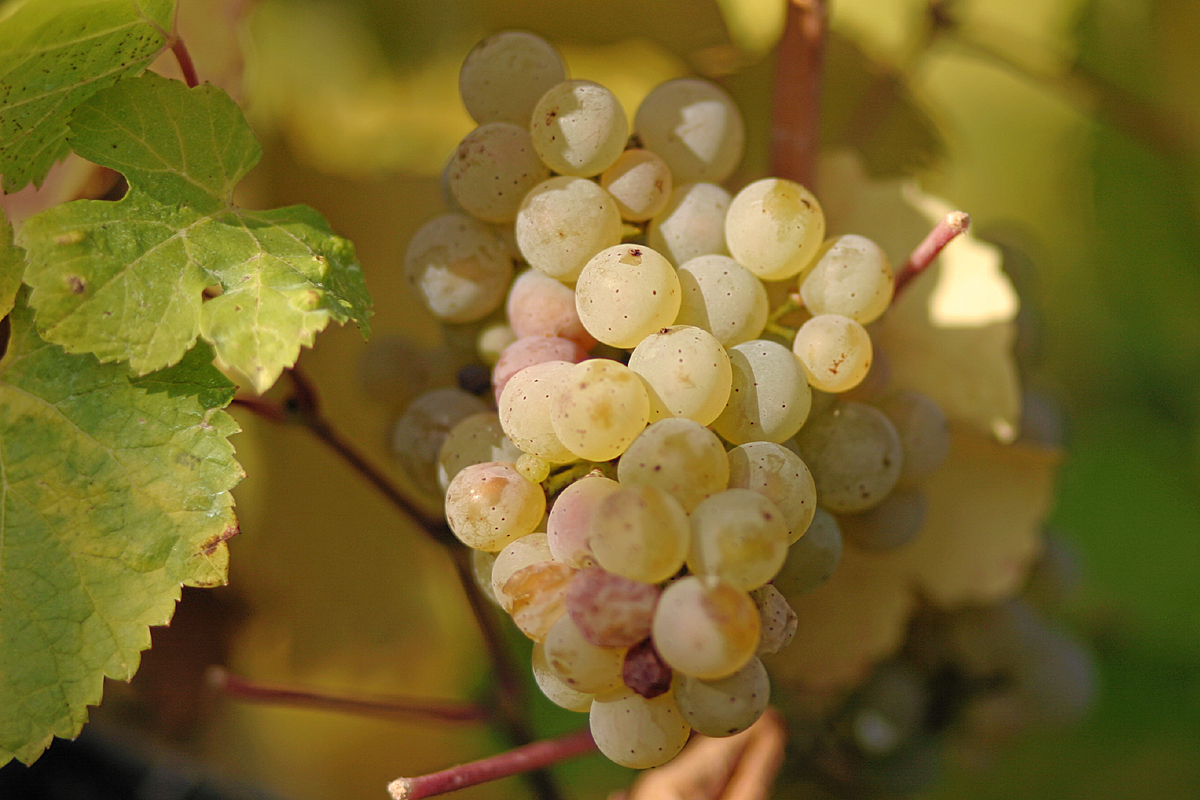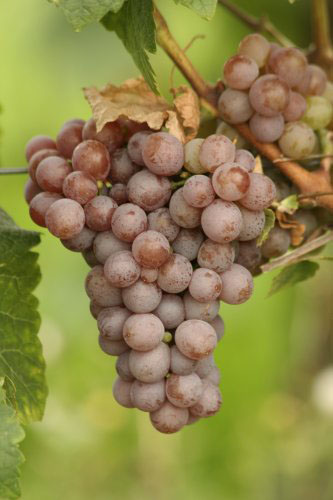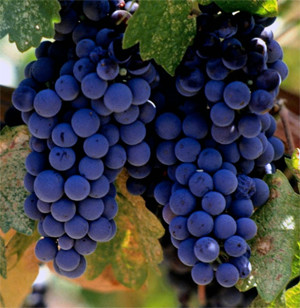Corks or Twist Caps. Either way they can both be a pain in the butt. However, today we are looking at the different types of corks there are for keeping the vino fresh and in its place.
Now just like everything else thus far, I didn't know there was so many different types of cork. There is Natural Cork, Synthetic Cork, and 1+1 Cork.
For well over 300yrs Corks have been the stopper of choice. But depending on the style and how well its made can depend on how your wine tastes or how well its preserved. But just like any thing you have your purists and your innovators. There is a large debate over the virtue of cork verses new materials. I personally love the look and feel of a real cork verses that of a modern one. However, this is probably still due to the fact that Im new to wine.
Traditional/Real Cork:
Real traditional cork is made from an evergreen oak's bark. It takes about 40yrs to harvest the first acceptable cork. Because natural cork is comprised mainly of air, it is a natural choice for the different shapes and styles of bottle. Also natural cork has a waxy substance that makes it water resistant and helps keep the wine fresh and from leaking. At the time of manufacturing the cork is coated with wax with also helps to repel wine and Silicone, and acts as a lubricant for inserting the cork and extracting it.
However, in reality, natural corks can not and do not keep out all of the air, but it does keep it from oxidizing wines at a fast rate. This oxidization is evident when looking at bottle aged wine verses barrel aged.
Traditional corks can also cause what is known as "Cork Taint". This is when the cork has become infected by a mold by-product called 2,4,6 trichloroanisole (TCA). TCA masks a wine’s fruit character with what is described as moldy, earthy or “wet basement” aromas.
Synthetics:
With synthetics and plastics, wine makers and vintners of the modern day find that by creating synthetic corks that they are more reliable and do not pose the problem of TCA. However, overseas markets and orchards where cork is grown and harvested, many dont want the change made to synthetic even going as far as to state that "there is no difference, its a matter of choice." But synthetic corks are more shelf stable for wines that are to be drank within a year or two. They do close up more securely, however can shift and push.
Screw Caps:
Screw caps are those metal caps that you twist off. Some novis wines and champagnes have these and are typically what new wine drinkers move up from. They would seem to be an unlikely choice for expensive, long-aging reds. Personally for me I think of these types of wines a low quality. Kind of like drinking boxed wine. However, in 1997 Plumpjack released 300 bottles of their wine with screw caps and proved this theory to be wrong, and people have been talking about it for the past 18 years. I still hold on to the tradition of popping a cork vs unscrewing (again just me.)
1+1 Corks:
These corks marry the new with the old. The middle of the cork is comprised of ground cork with natural cork slices on the ends. They are an alternative to traditional corks and are suitable for just about any wine on the market. They come in a grading system as well:
Grade A: High Grade for wines up to 4 years in age
Grade B: Medium Grade for wines up to 3 years in age
Over All
Over all it just comes down to personal choice and functionality. As we all know corks no matter what they are made of, can be a pain in the tokus to get out of the bottle with out either spilling it, or busting a vain in your head. I prefer real cork or 1+1 style over the plastic synthetic kind. I like to smell my corks after I open a new bottle. And looking in my cork bin now, I see that i have a bout 40/60 split.
~Cheers
































